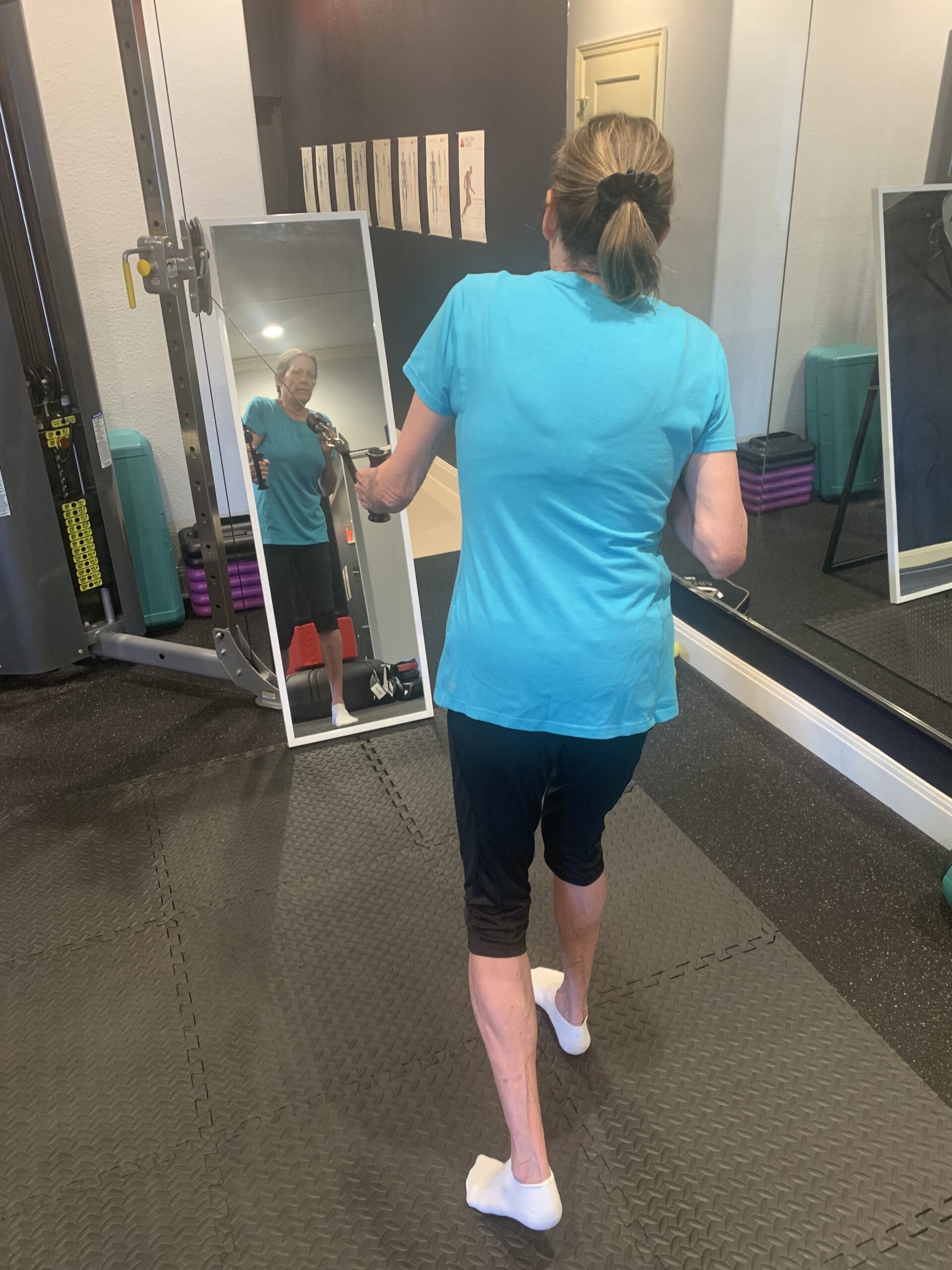Most people exercise to stay in shape, often not realizing what that actually means. Is staying in shape about looking good, or feeling good? That’s subjective.
To our trainers, “staying in shape” means feeling good. And the looks usually follow. That means understanding why we exercise. It shouldn’t be because you’re beating your body up to outwork negative behavior, like overeating, being sedentary, or managing stress. When you first address the behavior that’s causing you to feel the need to exercise you can then begin to use exercise as a tool to address your physical function.
While exercise is a good behavior, it can also be used to cope. Like having stress run your life and instead of turning to drugs you use exercise. However this can lead to wear and tear on your body if you don’t address what’s causing the stress to begin with, because you become an adrenaline junkie chasing after the endorphins from an intense workout. The intensity causes wear on your joints and you can’t sustain it. So now that you can’t workout like you used to in order to “manage” your stress, you turn to food for comfort. Exacerbating the problem, and never addressing the root cause.
If you decide to modify behavior and get to the root of stress and the way your body responds to it, you can de-stress without having to workout. And then you enter the rare state of using exercise as a way to improve your function, performance, strength, and mobility, all while fixing your joint pain, muscle aches, body stiffness, and old injuries. So exercise becomes a sustainable habit and builds your body up, instead of breaking it down.
Learn to fix your behavior that’s leading you to use exercise as a drug and you’ll solve a lot of the problems holding you back physically and mentally. Our team is here to help guide you through the process!
Check out www.FunctionalPatterns.com for more information.











